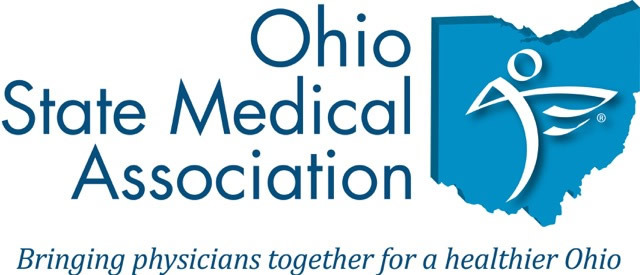Complete Story
03/04/2023
Lessons in Preventing Button Battery Injuries
Provided by OSMA's exclusively endorsed malpractice insurance partner, The Doctors Company.
Patti L. Ellis, RN, CPHRM, Patient Safety Risk Manager II
According to a study published in Pediatrics, it is estimated that between 2010 and 2019, more than 70,000 emergency department (ED) visits in the United States were battery related among children under 18 years old.
The majority of ingestions, exposures, and insertions go unwitnessed by the parent or caregiver. Clinicians may be misled by the patient’s initial presentation because symptoms are often nonspecific.
The child may have delayed symptoms that can result in delayed treatment and lead to serious injury.
Case Example
A mother took her child to urgent care with complaints of nasal trauma and swelling. Although x-rays were negative for fracture, they revealed a foreign body in the child’s left nostril. The radiologist noted on the report that he informed the mother of this finding.
The urgent care staff instructed her to take the child to the pediatrician. The child was seen by an advanced practice clinician (APC), but the records from urgent care were not made available and there were no documented attempts by the APC to obtain the records.
On exam, the child was noted to have nasal swelling, bruising around the left eye and bridge of nose, and dried blood around the left nostril and upper lip. Follow-up facial/skull/orbital x-rays were ordered, and the mother was told to return for follow-up in three days. The mother did not complete the x-rays and was a no-show for the return appointment.
She returned with the child to the pediatrician’s office due to intermittent nosebleeds. The pediatrician diagnosed nosebleeds due to dry weather and nose picking.
The mother returned one month later and was seen by a different pediatrician. The child presented with malodor from the nose with purulent green discharge from both nostrils. The child was referred to an otolaryngologist (ENT).
Later, the child presented to the ED with a large nosebleed. He was examined by an ENT, who confirmed a foreign body in the nose and surgically removed it. The child was found to have a large anterior nasal septal perforation as the button battery had decomposed and leaked acid that had eroded through the nasal septum into the bone.
The family filed a lawsuit against the urgent care facility, radiologist, APC, and pediatricians, alleging delayed diagnosis and treatment that resulted in severe injury.
Contributing factors in this case include the following:
- Failure by urgent care staff to communicate x-ray results.
- Failure by the APC to obtain medical records from urgent care.
- Failure by the second pediatrician to document that the mother did not obtain the x-rays recommended.
- Failure by the mother to provide an accurate history, relay accurate x-ray results, obtain follow-up x-rays, and bring the patient to appointments.
Patient Safety Strategies
To minimize misdiagnosis and delays in care and treatment, maintain a high index of suspicion for foreign body ingestion, aspiration, or insertion in the mouth, nose, or ears. It is important to obtain an accurate history, perform a thorough diagnostic workup, and review prior patient records. Thorough documentation serves as a powerful defense in claims alleging misdiagnosis or delayed treatment.
Prevention is key and should include raising community awareness. During well-child visits, take the opportunity to educate parents and caregivers. Post the telephone number of the National Battery Ingestion Hotline—(800) 498-8666—in each exam room and make it readily available to clinicians. Safe Kids Worldwide offers a button battery tip card to download or post on your website. The CPSC offers posters on button battery safety.
The guidelines suggested here are not rules, do not constitute legal advice, and do not ensure a successful outcome. The ultimate decision regarding the appropriateness of any treatment must be made by each healthcare provider considering the circumstances of the individual situation and in accordance with the laws of the jurisdiction in which the care is rendered.
